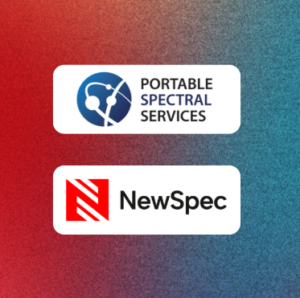
A Bright Future Ahead
Portable Spectral Services Announces Exciting Management Transition
As we all know, no two deposits geochemistry are exactly alike. Each one comes with its own unique characteristics and challenges. Defining the geochemistry of a deposit is a critical step that often requires a significant amount of time and expense. In the past decade, the use of portable XRF (pXRF) instruments to provide rapid in-field quantification of a sample’s geochemistry, has revolutionised the way we approach defining a deposits geochemistry. Portable XRF instruments are not designed to replace lab assaying, instead they enable realtime decision making and provide a first pass screening method to reduce the number of samples that need to be sent to the lab.
The accuracy of portable XRF results fundamentally depends on how well a calibration suits the mineral matrix of the samples. While a range of different calibrations are available from manufacturers, off-the-shelf instruments are often restricted to a manufacturer’s universal calibrations. These calibrations are developed to be a general tool for as wide a range of elements and concentrations as possible and are often fit for purpose. However, they generally do not allow flexibility to adjust to varying sample matrices, a common situation in geological environments. To overcome this restriction, custom calibrations are required.
Custom calibrations can be generated for Bruker S1 TITAN, CTX and TRACER 5 series instruments, as the software allows back end access by the user to generate their own calibrations. Custom calibrations can be invaluable to improve the results generated by a portable XRF and provide reliable analyses. Some reasons a custom calibration may be necessary are:
Custom calibrations can be generated from a mixture of client samples and carefully selected standards to optimise for the specific mineral matrix.
A case study of where a custom calibration was identified to be necessary was observed while measuring caesium (Cs) using the GeoExploration calibration on a Bruker S1 TITAN. When using the off-the-shelf calibration low levels of Cs were reported which was noteworthy, but not particularly outstanding. When the samples came back from the lab however, the assay results showed astonishingly high levels of Cs (Figure 1). The underreporting of Cs by the pXRF was due to the lack of any available commercial high grade Cs standards being included in the general off-the-shelf calibration. The off-the-shelf calibration could not extrapolate to accurately quantify Cs at higher concentrations. Client samples were used to generate a custom calibration for a Cs-rich deposit which significantly improved the ability to accurately quantify Cs with in-field portable XRF analysis.

Figure 1. Caesium assay results compared with pXRF results using an off-the-shelf calibration.

Figure 2. Caesium assay results compared with pXRF results using a custom calibration.
Portable Spectral Services have created several in-house custom calibrations that include, but are not limited to:
For more information on custom calibrations head to Custom Calibrations or email send us an email!

Portable Spectral Services Announces Exciting Management Transition
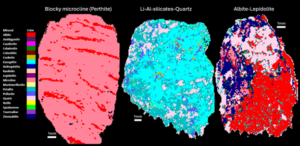
Our tool introduces uXRF (micro-X-ray fluorescence) scanning technology to RC chip analysis, enabling rapid, non-destructive, and quantitative analysis of major, minor, and trace mineral phases.
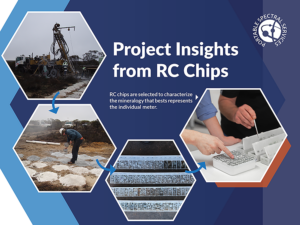
Automated micro-X-ray fluorescence (micro XRF) technology emerges as a powerful tool to rapidly and accurately capture the mineralogy of rock chip, RC and AC samples.

Findings of an ongoing regional evaluation study over concealed Proterozoic lithologies known to host magmatic nickel sulphides with potential to host other base-metal, gold and rare earth elements (“REE”) systems within the Fraser Range, Western Australia.
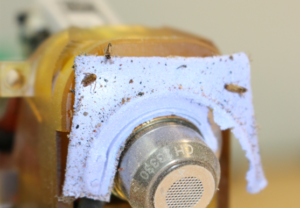
Findings of an ongoing regional evaluation study over concealed Proterozoic lithologies known to host magmatic nickel sulphides with potential to host other base-metal, gold and rare earth elements (“REE”) systems within the Fraser Range, Western Australia.
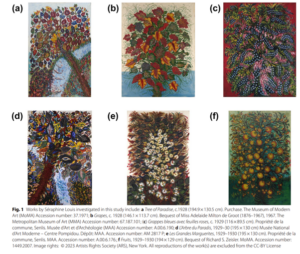
Findings of an ongoing regional evaluation study over concealed Proterozoic lithologies known to host magmatic nickel sulphides with potential to host other base-metal, gold and rare earth elements (“REE”) systems within the Fraser Range, Western Australia.
